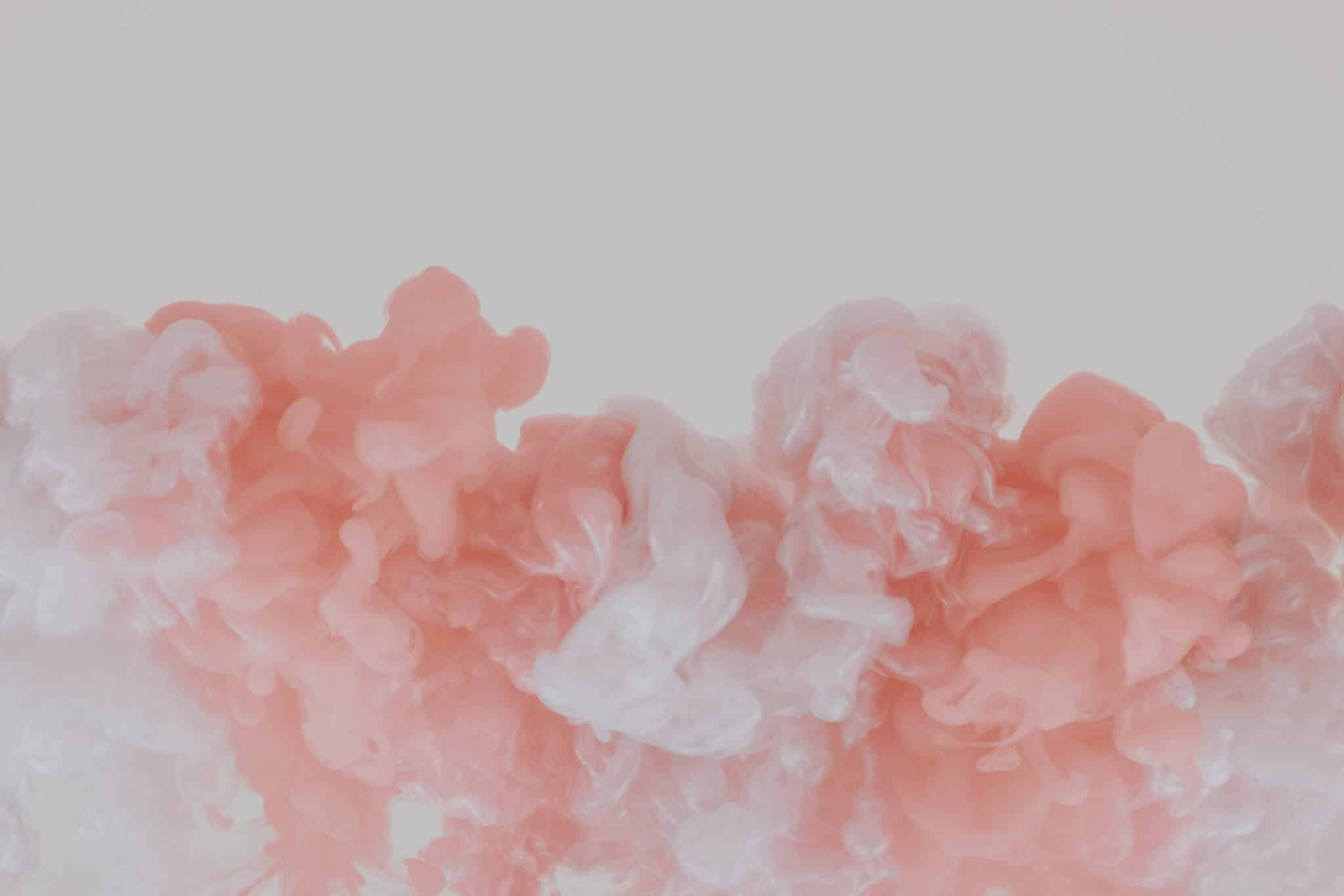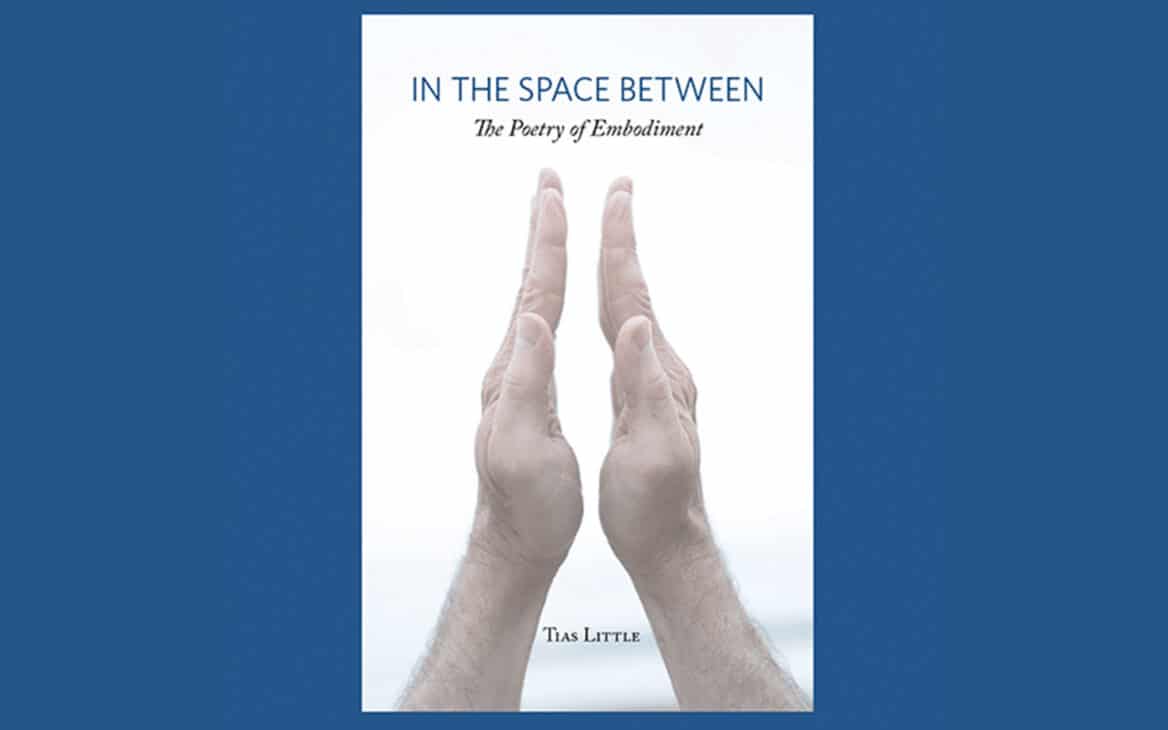By Tias Little
I like to say where there is breath, there is blood. When you breathe, your lungs and your heart together propel blood through your circulatory system into every nook and cranny of your body. In this course we pump bright red blood irrigates into all bodily tissues supporting longevity and radiant health. Through yoga practice we animate the breath and distribute prana (oxygen enriched blood) throughout the body. By breathing we “pranagize” all of our systems. Anatomically your lungs and heart are inseparable. An elaborate system of vessels span the two organs so that if your heart were lifted from your chest cavity, your lungs that are attached to your heart would be removed too.
In the emotional body your lungs and heart are also interwoven as they are the primary repository for sentiment. Thus, your lungs do not simply draw and expel air like Scottish bagpipes, but together with your heart, are the center for sentiments of tenderness and love. In Sanskrit this is called bhava. In states of bhava, feelings of empathy, spiritual rejuvenation and kindness flourish.
Your lungs are impressionable, sensitive to emotion and feeling. Feelings, especially grief and sadness imprint onto lung tissue. The impressionable lung is most evident in a child who is disposed to strong feelings such as laughter, cries or screams. Emotion passes quickly through the motile lung. Lungs are extremely delicate. Airborne particulate such as the smoke from forest fires now clogging skies all over the planet, plus pollens, pollutants, the coronavirus and toxic chemicals blotch our tender, spongy lung tissue.
This is because lung tissue is light and fragile (sometimes referred to as “friable”) due to the fact that the capillary membranes at the outermost tips of the bronchioles (the alveoli and alveolar sacs) must be fine enough to permit gas exchange into the bloodstream. In yoga, we practice not only to expand our lungs, but to feel into the moods, mind states, and psychological pressures that surface inside our lungs. Through meditation, pranayama, postural movements and sound resonance we develop greater sensitivity for our prana and become connoisseurs of the air that flows in and out of our lungs 20,000x per day.
Tias Little is author of Yoga of the Subtle Body and resides in Santa Fe New Mexico where he lives with his wife Surya, his 17-year-old Eno and his pooch Haro.



